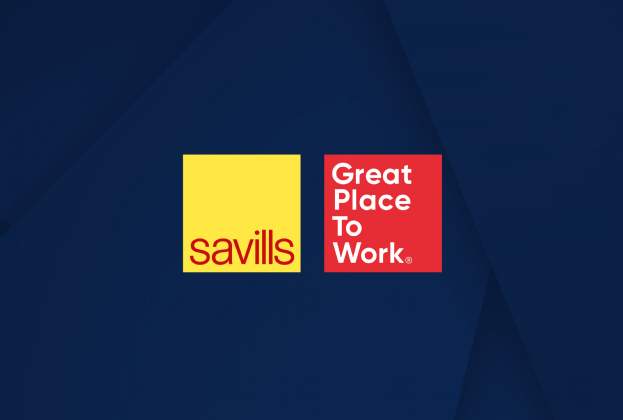In the Sultanate of Oman, Value Added Tax (VAT) recently completed its one-year anniversary. The implementation was quick, taking only six months from the initial announcement in October 2020 to completion.
When viewed only in terms of economic impact, the government has clearly accomplished the primary objectives it set out to achieve. Oman now has an additional source of income to more effectively match expenditure and deal with government debt. This has helped improve the country’s credit rating — S&P Global Ratings recently improved Oman's credit rating to BB-, its first upgrade for the Sultanate since 2015.
The upgrade is also owing to an increase in oil prices since the beginning of 2022, as well as acknowledgement of Oman's compliance with fiscal policy steps previously set by the International Monetary Fund (IMF).
Beyond government revenue, the impact of a regressive tax like VAT on the larger economy is indeed fascinating, but our focus here is on its consequences on the real estate market and its members.
At the most basic level, VAT should have little effect on developers because all costs are recoverable. This means that all the VAT paid by the developer on building, consulting, or other services can be offset against VAT earned from sales. This presumes a traditional development approach in which the developer aims to exit the project as rapidly as possible. However, if the developer uses a static pricing model and keeps the assets until the price is fulfilled, there will almost certainly be a considerable lag between when VAT is paid and when it is recovered, adding to cash flow challenges.
At another level, considering the recent market situation, demand for many developments had been constrained even at pre-VAT pricing; thus, adding 5% to the required monetary commitment might further hamper potential absorption rates.
When VAT was adopted in the UAE in 2018, we noticed that a lot of developers elected to absorb VAT in full or in part to sustain sales in a tepid market. We know that in Oman too, some developers took a similar approach, adding to their financial struggles.
As a result, we have seen higher demand for feasibility and best use studies, particularly prior to land acquisition, as developers wanted to be sure their financial investment would allow for a practicable and lucrative development. As developers strive to bring supply to market that can meet demand, we are witnessing a greater emphasis on phasing.
We are aware that, in addition to completed assets, serviced land plots will be subject to VAT if they are developed up to a specific level. The point at which a single plot becomes eligible for VAT is currently not clear.
Until clarity emerges, developers may be hesitant to launch sub-division projects where a site is developed in terms of infrastructure and utilities, and some common facilities. Exit prices for such locations will be more responsive to variations triggered by the levy of VAT.
Residential purchasers' circumstances vary depending on the type of asset they are purchasing. The purchase of new and off-plan units is subject to VAT, however the purchase of secondary market units is not.
Also, unlike other market participants, residential buyers will not be able to get a VAT refund. We had already noticed considerable differences between primary and secondary markets, owing to the latter's higher price flexibility, and the introduction of VAT widened this gap even further. Simultaneously, we only observe this in schemes where the developer has failed to realign prices to market levels.
Other market participants, such as business occupiers who can reclaim VAT on commercial rents, faced little impact. However, certain smaller firms, particularly those experiencing trading problems, were trying to cope with the added burden on cash flow.
Prior to Covid-19, the retail industry had been dealing with serious structural and real estate oversupply concerns for many years. Given that business activity has only recently rebounded, determining the full impact of VAT on the sector is challenging.
We do not expect significant changes to purchasing habits at the current rate of 5%, but if VAT is raised to higher levels of 10-15% in the future, we may see downward pressure on customers’ discretionary spending. This, in turn, would directly affect retailers and mall operators.
The possible obstacles for developers are mostly market-related, and they would have had an impact regardless of whether VAT was in place or not. Therefore, we do not reckon that VAT has had the detrimental impact that some predicted it would when it was first announced.
This is owed in part to its present low level, alongside other supply and demand issues that are having a greater impact on the real estate industry.

.jpg)
.jpg)
.jpg)

.jpg)

(1).jpg)

.jpg)
